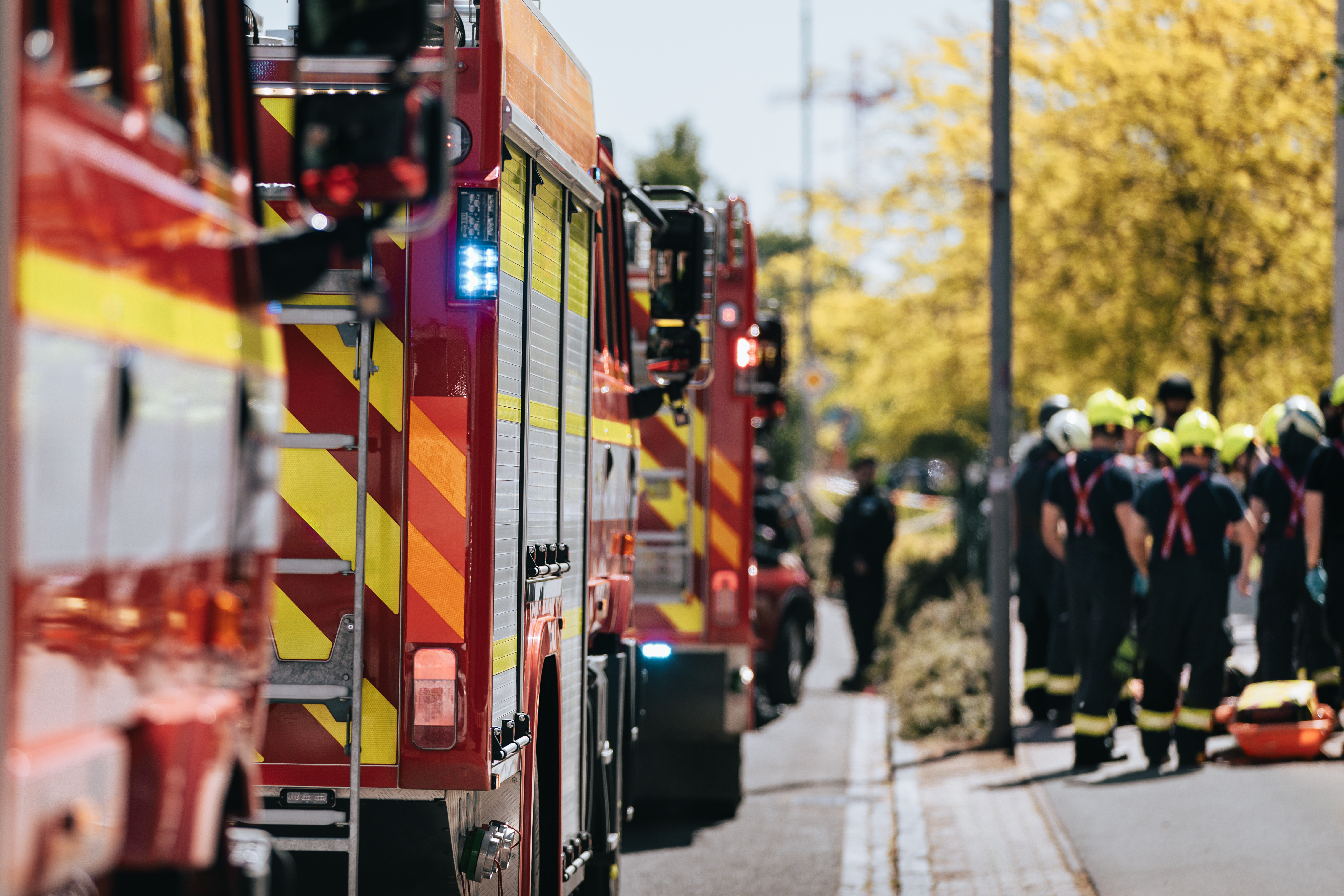7 Smart Moves Your Community Association Can Take to Prepare for Emergencies
7 Smart Moves Your Community Association Can Take to Prepare for Emergencies
(1).jpg)
When the unexpected happens, life in your neighborhood can change quickly. Storms roll in, the lights go out, or a pipe bursts without warning. In those moments, residents look to their board for reassurance and clear next steps. For many volunteer leaders and community association managers, the experience can feel overwhelming. The challenge is not if an emergency will happen, but how to be ready when it does.
The encouraging news is that preparation does not require starting from scratch. By focusing on the key parts of emergency management and adapting them to association life, boards can ease stress, protect property values, and strengthen resident trust.
In this article, you’ll find seven smart moves designed to help communities prepare for emergencies with confidence and clarity.
Smart Move #1: Address Small Risks Before They Turn into Big Problems

Some emergencies can be avoided with a little foresight. A clogged drain that backs up during a storm, a tree limb close to a power line, or an old boiler that gives out in January are all small issues that can become big problems if left unchecked.
Taking care of these risks ahead of time saves money and prevents frustration, but it also shows residents their board is paying attention. People notice when hazards are corrected before they cause damage, and it reassures them their board is paying attention to the needs of the community.
Scheduling regular property walks, keeping a maintenance log, and tackling seasonal to-do lists may not feel urgent. Still, these simple habits are some of the most effective ways to prevent a neighborhood emergency. Boards that stay consistent with prevention make life smoother for everyone.
Smart Move #2: Build a Plan and Prewritten Messages
Preparedness means establishing an emergency preparedness response plan long before the first storm warning. A clear plan assigns roles, lists vendor contacts, and names the resources your community will rely on when something goes wrong. When everyone knows their part, the first few minutes feel calmer.
Boards should also maintain an emergency action plan template to guide communications. Within that template, prewritten messages for common situations like water main breaks, power outages, or urgent repairs save time when minutes matter. To make this easier, Management Plus has created a ready-to-use template with sample messages for common situations, including storms, power outages, and urgent repairs.
Effective HOA communication uses more than one channel. Email, text alerts, website updates, and posted notices work together so every resident receives the same accurate information. Repeating key updates at predictable intervals helps reduce questions and worry.
By investing a little effort ahead of time, associations avoid confusion and give their neighborhoods a reliable communication process residents can count on.
Smart Move #3: Act Fast and Keep Residents Updated
When an emergency begins, residents do not want silence. They want to know what is happening, what to do, and when they will hear from their board again. Quick, steady updates are one of the best ways to reduce anxiety and keep trust intact.
Following crisis communication best practices means sending an initial message as soon as possible, even if all the details are not yet known. A simple update that acknowledges the problem, reassures residents, and provides clear safety steps is better than waiting until every answer is in place.
Consistency matters, too. Short updates at predictable intervals help prevent rumors and show that leadership is engaged. Having prewritten messages ready makes this process easier, allowing board members and community association managers to focus on coordinating repairs and solutions while still keeping residents informed.
Smart Move #4: Guide Recovery with Clear Follow-Through

Once the immediate danger has passed, residents still want to know what comes next. Recovery often involves coordinating contractors, restoring utilities, or arranging cleanup, but it also means keeping everyone informed until normal routines return.
Regular updates during recovery show that leadership is present and attentive. Even a short note about what has been fixed, who is handling the work, and when to expect the next step helps residents feel reassured.
A final summary once everything is resolved closes the loop. It shows that the board followed through, respected residents’ concerns, and took ownership of the process. That kind of communication strengthens trust long after the emergency has ended.
Smart Move #5: Learn from Each Event and Improve Your Plan
Every emergency leaves lessons behind. Once the immediate stress has eased, boards can take a step back and look at what worked well, where confusion set in, and what needs to change before the next event.
Reviewing updates, talking with residents, and saving copies of past messages make it easier to refine communication templates and procedures. This ongoing review strengthens future emergency communications and helps leadership act with greater confidence.
Regular updates to your plan are also one of the most practical HOA management tips. When residents see their feedback shaping improvements, it reassures them their safety and peace of mind are priorities. Over time, this habit creates a culture of trust and preparedness that benefits the entire community.
Smart Move #6: Train Board Members and Managers on Their Roles
Even the best-written plan will not succeed if people are unsure what to do. When an emergency strikes, hesitation leads to delays, and delays create frustration. Training board members and community association managers on their roles during an emergency situation helps everything run more smoothly.
Training doesn’t have to be complicated. A short annual workshop or tabletop exercise can walk through who sends messages, who contacts vendors, and who coordinates follow-up. This practice gives leaders a chance to ask questions and build confidence before an actual emergency happens.
Residents notice when their board communicates with clarity and consistency. A prepared team inspires trust and makes the whole community feel more secure.
Smart Move #7: Keep Residents Engaged in Preparedness Year-Round
Preparedness works best when residents understand their role, too. A community that knows what to expect during an emergency will respond with calm cooperation instead of confusion. Involving residents in safety efforts creates a sense of shared responsibility and helps everything run more smoothly.
Boards can keep preparedness top of mind throughout the year with small but steady reminders. A seasonal email about winter storm safety, a quick-reference guide posted in common areas, or an annual safety meeting all make a difference. These efforts help residents feel included, capable, and ready to support their neighbors.
When residents see preparedness as something they are part of, the whole community benefits. Emergencies feel less overwhelming, communication flows more easily, and trust in leadership grows stronger.
Strengthen Your Community with Management Plus
Emergencies will always bring some uncertainty, but they do not have to create confusion. With the right preparation, boards and managers can protect property values, reduce stress, and give residents the steady leadership they rely on.
Management Plus Realty Service provides expert support to make that preparation easier. From customizable communication templates to practical guidance on emergency planning, our team helps associations put systems in place before the next storm or outage arrives.
Contact us today to learn how we can help your board prepare with confidence. With the right partner by your side, your community can face emergencies with clarity and strengthen neighborhood trust at the same time.
